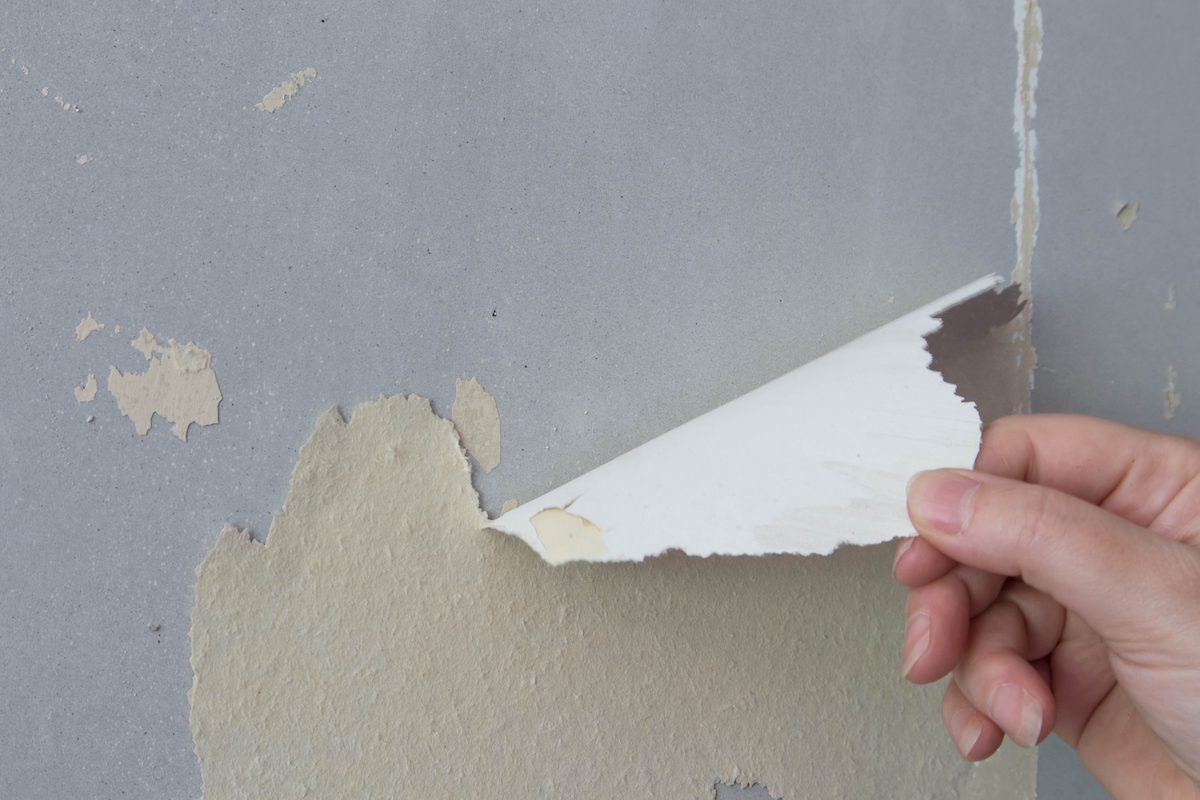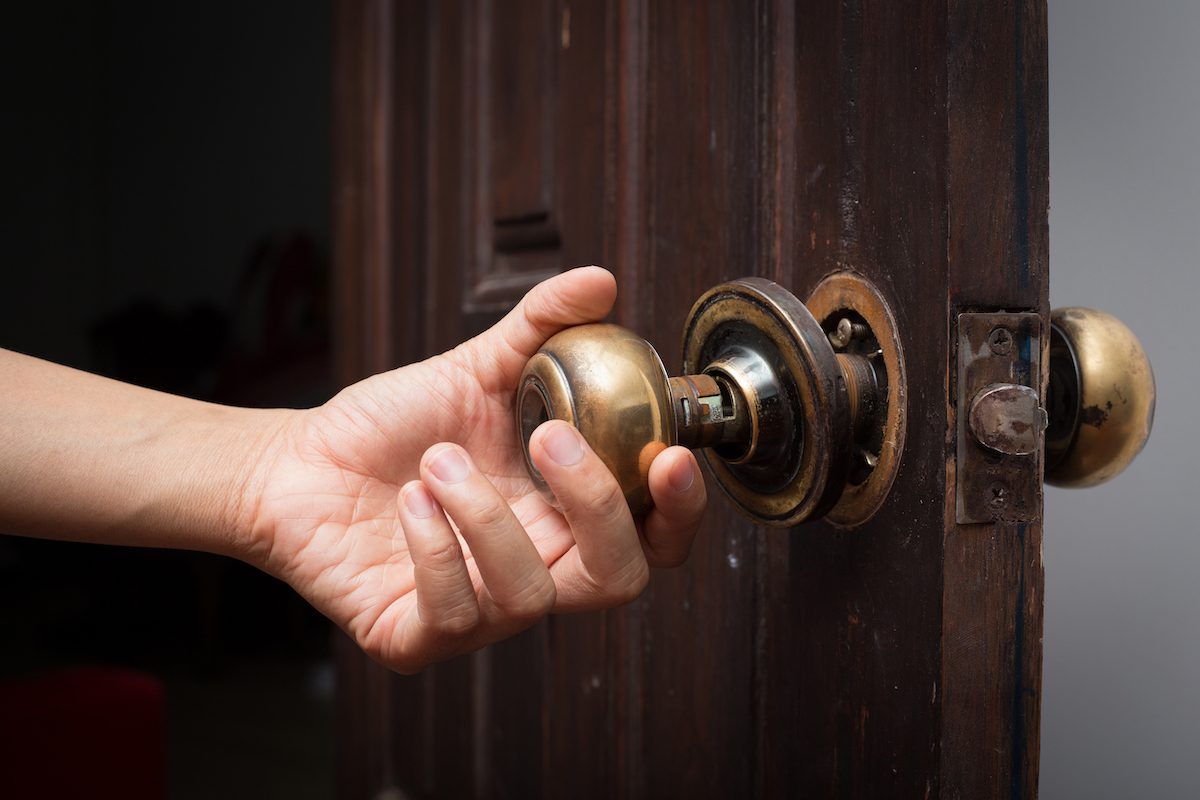Wear and Tear: What’s Normal and What’s Considered Damage?

As someone who owns a rental property, it's expected to see normal wear and tear as old tenants move out. However, as you do a walk-through to assess the condition of the home before new tenants move in, it can get confusing what fits into this category and what does not.
Differentiating between normal wear and tear and actual property damage is the difference between paying for fixes yourself and holding back a portion of your tenant's security deposit. Make sure you know which is which.

What's considered normal wear and tear in a house?
The easiest way to think about normal wear and tear on any property is to look around your own home. It definitely doesn't look as pristine as the day you moved in, no matter how clean you keep it. That's because when a home gets lived in, things wear down.
That worn look can manifest itself in a variety of ways, including:
- Faded paint
- Loose wallpaper
- Thinned carpet, especially in high-traffic areas
- Small holes, chips and smudges on the walls
- Tangled or broken pull strings from blinds
- Loose grout between tiles
- Scuffed floors
- Doors that stick or are a little warped
- Dirty windows
- Scratched porcelain
Even dated appliances that cease to work as well count as normal wear and tear.
Anything you expect to look a little shabby after someone lives in your property for a year or more almost always counts as wear and tear.
Can a landlord charge for normal wear and tear?
Unless otherwise specified in your lease, most fixes that stem from normal wear and tear are the responsibility of the landlord. An example of a gray area could be the holes in the wall. If your lease requires tenants to fill in all-new nail holes they make hanging up items and they leave them, it's not your responsibility.
Another situation is the paint on the walls. If you allowed tenants to paint with the agreement that they paint the walls back to their original color before moving out and they don't. You can charge for that fix, too, no matter how crisp the color still looks.
Addressing issues of normal wear and tear is actually part of the routine maintenance you should expect to do between each set of tenants. It all falls under the category of stuff you're responsible for paying for, as well.
Basic routine maintenance tasks include:
- Getting the home professionally cleaned
- Steam cleaning carpet still in good condition
- Replacing carpet that's at the end of its life
- Putting a new coat of paint on the walls
- Fixing anything that's part of the home and not working correctly — this includes things like burnt out light bulbs, broken light switches and even appliances not working properly
If you have to deal with any of these issues because of something more than normal wear and tear though, you're able to deduct the cost from the security deposit. If the tenant never cleaned the house, for example, and it's beyond filthy, that level of cleaning will most likely have an extra fee you can charge back to the tenant. Again, make sure your lease specifies the tenant must clean the home before moving out to stay clear of any pushback.

What's considered actual damage in a rental property?
You'll most likely quickly recognize actual property damage in your rental home because of how much it stands out. The real damage isn't subtle, it's excessive. Things like cracks, stains, unkept or broken items, large chips and big holes all exceed the parameters of normal wear and tear.
When doing a final walk-through of your home, you should always look closely at walls, floors, doors, windows and even appliances for signs of abuse or rough use. Clear indicators of actual damage include:
- Stains or burns in carpeting
- Chips in wood flooring
- Water stains not resulting from leaking pipes
- Broken doors or windows
- Damaged mirrors
- Missing or cracked tiles
- Scratches on countertops
- Broken appliances because of negligence
- Holes in walls too big to fix with spackle alone
Any of these issues simply left for you to discover and not reported by your tenant in advance, are clear signs of actual damage in your rental property. Even if your tenant does report them, chances are the damage happened because of something they did, so it's easily not a normal wear-and-tear issue.
Pet damage
If you've decided to allow pets in your rental home, you should also plan to deal with pet damage. This is beyond normal wear and tear for sure, so the best way to get ahead of it is to ask for a separate pet deposit. Be fully transparent in the lease that this additional deposit will cover pet damage only. This includes scratches, stains and other property damage solely related to the pet. It should even cover flea extermination should that issue arise.
Don't limit the coverage to just four-legged pets either. If you know your tenant has fish, this deposit should cover damage from leaky tanks. If your tenant has a bird, it should cover any gnawing on door frames any other issues they can cause.
Who pays for those repairs?
Actual property damage is the responsibility of the tenant, but the payment for the repairs should come out of the security deposit. In order to do this right, you'll need to itemize all the repairs you're making with funds from the security deposit and send it to your tenant. Think of it as an invoice.
You can only use the security deposit money to cover actual repair work, though. If you don't have to spend it all, the rest must get returned to the tenant within a set amount of time. State laws will dictate what that is, but on average, you have 30 days.
If a tenant contests a repair
If you find yourself in a situation where a tenant contests a repair, your first step is to prove the damage was real. Save receipts and any invoices that document the issues and any necessary repairs. If you can prove the damage occurred while the tenant lived there, you should be good.
The tenant may decide to pursue their claim of wrongful use of the security deposit all the way to court. Based on state and local laws, they may have a right, but if you've got all your evidence in place and provided appropriate notice to the tenant about what was happening, you should have a strong case.

The benefits of a property walkthrough
To make it clear to even a wary tenant when something is actually damaged, pictures provide the best evidence. Snap some photos of your rental property before a tenant moves in, and again before you've made any repairs. This way you can prove the damage occurred while the tenant lived there, and that it's their responsibility to cover the costs. This, coupled with the work receipts, puts you in a good position.
Doing before and after walkthroughs not only lets you stay on top of maintenance issues in your rental home, but ensures you're not stuck with a repair bill for damage that's not your responsibility. You can even share your initial walkthrough report with your tenant so they know you know what damage was there when they moved in, and what occurred while they lived in the house.
Keep your rental looking great
No matter who has to cover what, every time a tenant moves out, expect there will be things to do. Even if it's just a few cosmetic updates and a deep clean, you'll need to do a little work in order to ready the home for the next tenant. After all, they'll expect a move-in ready shine to the place just like your last tenant did.
